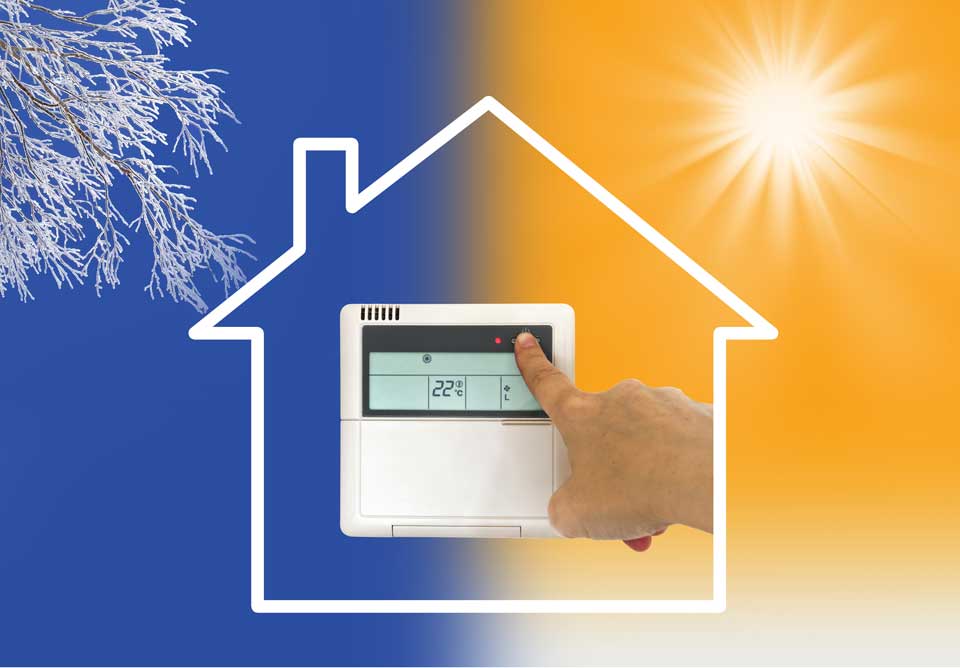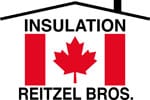Cellulose fibre, due to its perfect fit and greater density, inhibits air movement; whereas tests have proven that air movement through and around light density, poorly fitted fibre glass insulation can reduce its thermal effectiveness by up to 50%.
-
Call Us: 613-385-1109
Infiltration | Convection Properties
02


INFILTRATION | CONVECTION PROPERTIES
Natural movement of air either by convection of air from warm to cold environments or movement by pressure differential.
Why is it Important
Air leakage and temperature differences in walls and ceilings means higher heating and cooling costs.


How it works
Seals and Resists
Cellulose fibre is very effective against air leakage in walls and ceilings. If you do not have effective insulation in your building, it means that air can pass through walls and ceilings.
This means that in summer you need to run that air conditioner longer and in winter your heating bills will skyrocket to fight off those cold winter winds.
Cellulose fibre insulation effectively controls air leakage due to its density and maintains its resistance to heat transfer.
Eliminating air leakages and heat transfer in your insulation will help the efficiency of your heating and cooling.
More Technical Information


Thermal Resistivity
Cellulose Insulation provides greater energy savings over other products.


Convection Properties
Cellulose fibre, due to its perfect fit and greater density, inhibits air movement.


Acoustical Properties
Superior properties for improving noise suppression in wall, floor or ceiling construction


Moisture Resistance
Cellulose fibre has the unique ability to slowly absorb and dissipate excess moisture.


Fire Resistance
Cellulose fibre will not melt or degrade when exposed to flame or high temperatures.


Borate Additives
Cellulose fibre insulation is treated with a carefully controlled blend of borate powders.
